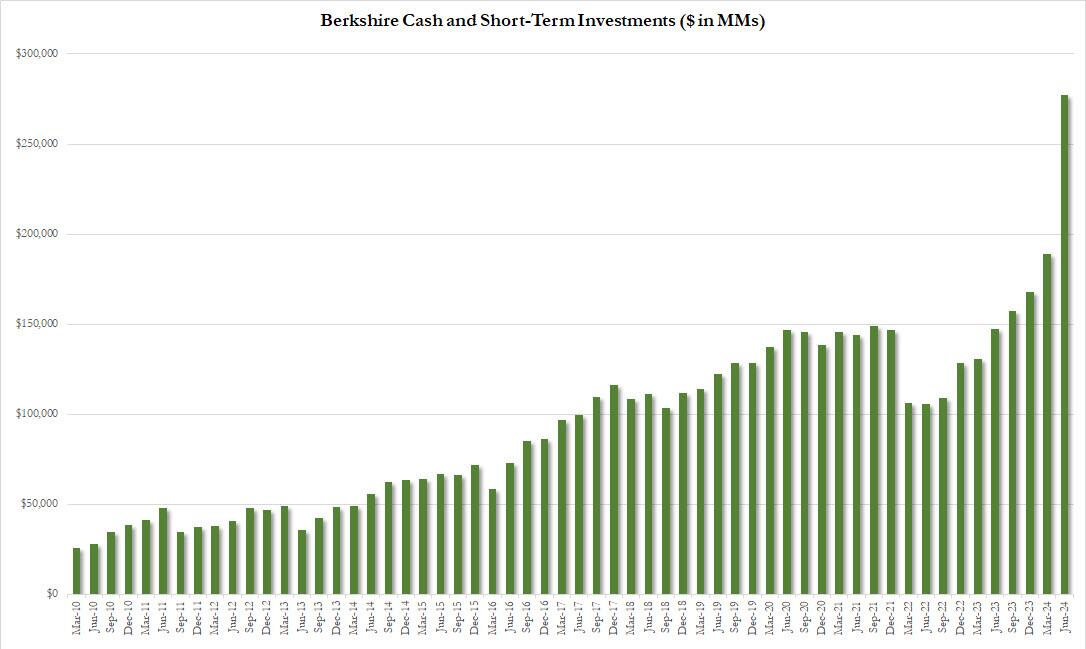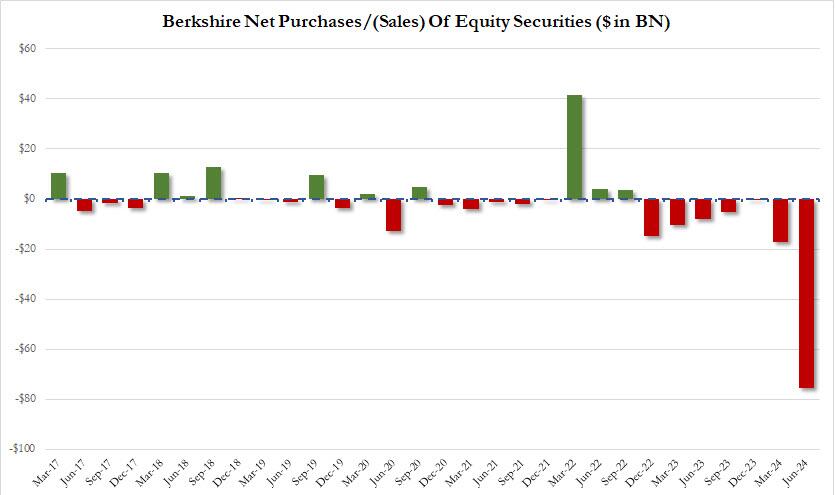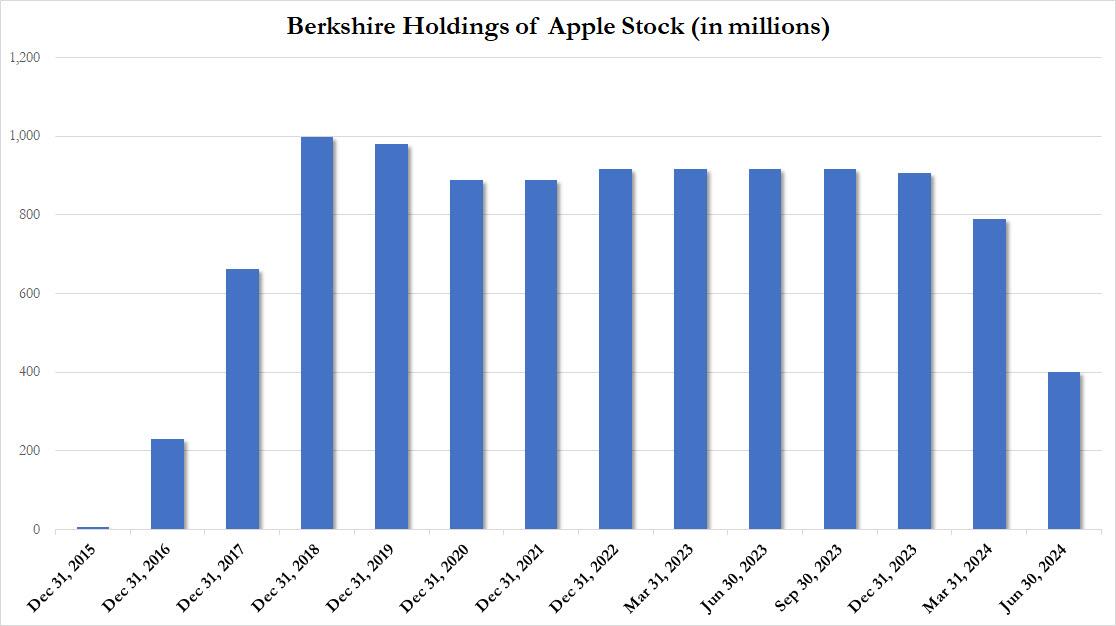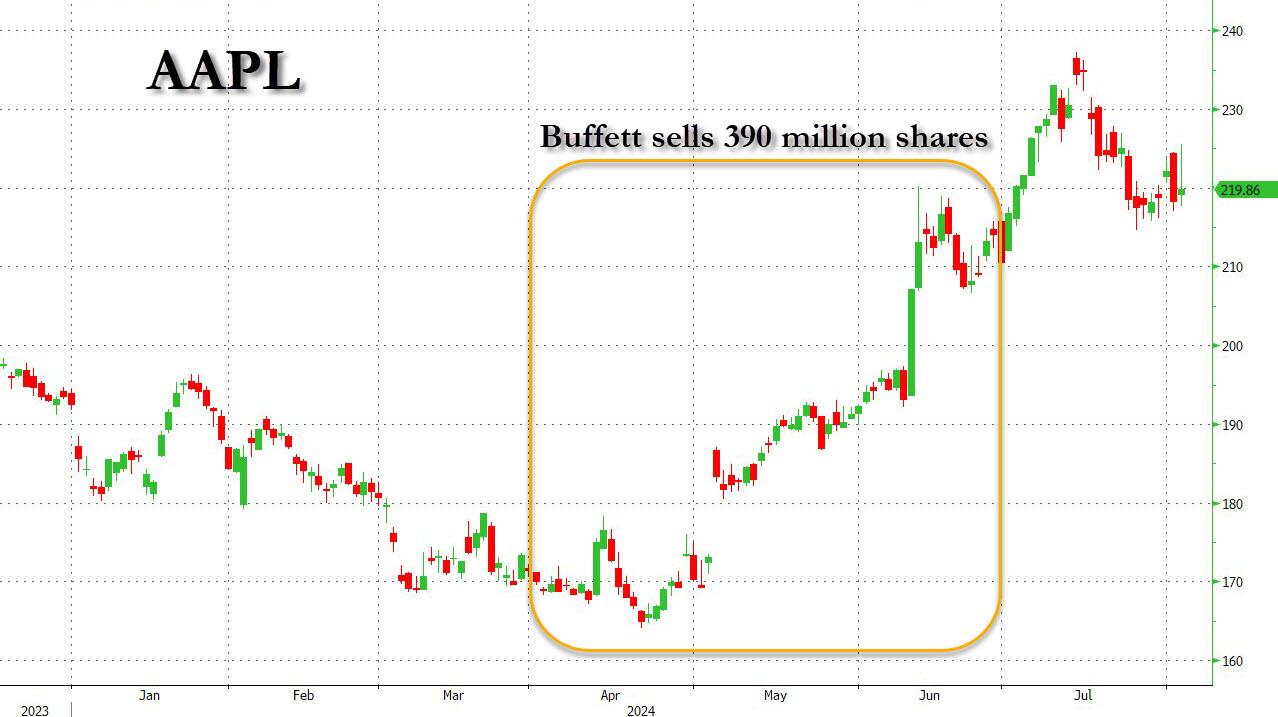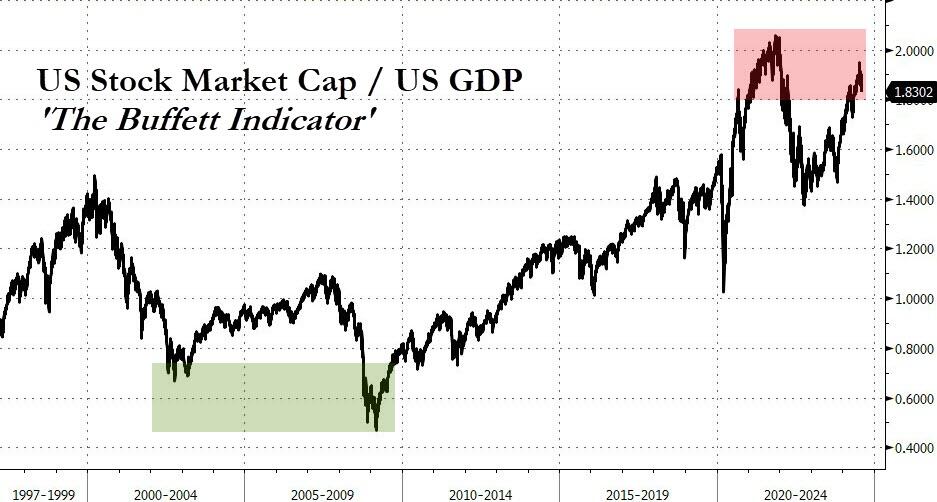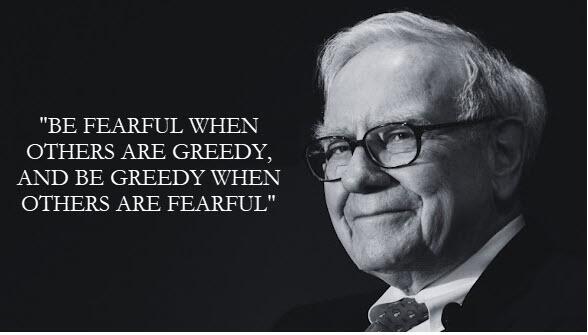by Daniel Lacalle via The Mises Institute,
Why is the price of gold rising if the global economy is not in recession and inflation is allegedly under control? This is a question often heard in investment circles, and I will try to answer it.
We must begin by clarifying the question. It is true that inflation is slowly decreasing, but we cannot say that it is under control. Let us remember that the latest CPI data in the United States was 3% annualized and that in the eurozone it is 2.6%, with eight countries publishing data above 3%, including Spain.
This is why central banks need to give the impression of hawkishness and maintain rates or lower them very cautiously. However, monetary policy is far from being restrictive. Money supply growth is picking up, the ECB maintains its “anti-fragmentation mechanism,” and the Federal Reserve continues to inject money through the liquidity window. We can say, without a doubt, that monetary policy is beyond accommodative.
At the end of this article, the price of gold is above $2,400 an ounce, up 16.5% between January and July 19, 2024. In the same period, gold has performed better than the S&P 500, the Stoxx 600 in Europe, and the MSCI Global. In fact, over the past five years, gold has outperformed not only the European and global stock markets, but also the S&P 500, with only the Nasdaq surpassing the precious metal. This is a period of alleged recovery and strong expansion of the stock markets. On the one hand, the market is discounting the central banks’ continued accommodative and expansionary policies, even possible high debt monetization, given the unsustainable deficits in the United States and developed countries. That is, the market assumes that the Federal Reserve and the ECB will not be able to maintain the reduction of their balance sheets in the face of rising debt and public spending in many economies. As a result, gold protects many investors against the erosion of the currency’s purchasing power, i.e., inflation, without the extreme volatility of Bitcoin. If the market discounts further monetary expansion to cover the accumulated deficits, it is normal for the investor to seek protection with gold, which has centuries of history as an alternative to fiduciary money and offers a low-volatility hedge against currency debasement.
Another important factor is the central bank’s purchase of gold. JP Morgan is credited with the phrase “gold is money and everything else is credit.” All the world’s central banks include treasury bonds from countries that serve as global reserve currencies in their asset base. This allows central banks around the world to try to stabilize their currencies. When we read that a central bank buys or sells dollars or euros, it is not making transactions with physical currency but with government bonds. Hence, as the market price of government bonds has fallen 7% between 2019 and 2024, many of these central banks are facing latent losses from a slump in the value of their assets. What is the best way to strengthen a central bank’s balance sheet, thereby diversifying and reducing exposure to fiat currencies? Purchase gold.
The rising purchases of gold by central banks are an essential factor justifying the recent increase in demand for the precious metal. Central banks, especially in China and India, are trying to reduce their dependence on the dollar or the euro to diversify their reserves. However, this does not mean full de-dollarization. Far from it.
According to the World Gold Council, central banks have accelerated their gold purchases to more than 1,000 tonnes per year in 2022 and 2023. This means that monetary authorities account for almost a quarter of the annual demand for gold during a period when supply and production have not grown significantly. The ratio of output to demand stands at 0.9 in June 2024, according to Morgan Stanley.
Global official gold reserves have increased by 290 net tonnes in the first quarter of 2024, the highest since 2000, according to the World Gold Council, 69% higher than the five-year quarterly average (171 metric tonnes).
The People’s Bank of China and the Central Bank of India are the biggest buyers as they aim to balance their reserves, adding more gold to reduce loss-making exposure to government securities. According to Metals Focus, Refinitiv GFMS, and the World Gold Council, China has been increasing its gold purchases for seventeen months, and since 2022, it has shot up its reserves by 16%, coinciding with the increase in global polarization and the trade wars.
That does not mean full de-dollarization, as the People’s Bank of China has 4.6% of its total reserves in gold. US Treasury bonds are the most important asset, accounting for more than 50% of the Chinese central bank’s assets. However, its goal is to raise gold reserves to at least 14%, according to local media. Thus, it would imply a significant annual purchase of gold for years.
India’s central bank increased its gold reserves by 19 metric tonnes during the first quarter. Other central banks that are diversifying and buying more gold than ever are the National Bank of Kazakhstan, the Monetary Authority of Singapore, the Central Bank of Qatar, the Central Bank of Turkey, and the Central Bank of Oman, according to the sources cited above. During this period, both the Czech National Bank and the National Bank of Poland increased their gold reserves in Europe, reaching the highest level since 2021. In these cases, the aim is to balance the exposure in the asset base with more gold and less eurozone government bonds.
The goal of this central bank trend is to increase the weight of an asset that does not fluctuate with the price of government bonds. It is not about de-dollarization but about balancing the balance sheet from the volatility created by their own misguided expansionary policies. For years, the policy of central banks has been to reduce their gold holdings, and now they must come back to logic and rebalance after suffering years of latent losses on their government bond holdings. In fact, one could say that the world’s central banks anticipate their own widespread erosion of the purchasing power of reserve currencies due to the saturation of fiscal and monetary policies, and for that reason, they need more gold.
After years of thinking that money can be printed without limits and without creating inflation, monetary authorities are trying to return to logic and have more gold on their balance sheets. At the same time, many expected that the trade war between China and the United States and global polarisation would be reversed in the Biden years, and the opposite has happened. It has accelerated. Now, the latent losses in the sovereign bond asset portfolio are leading all these central banks to buy more gold and try to protect themselves from new bursts of inflationary pressures.
In an era of high correlation between assets and perpetual monetary destruction, gold serves as a low volatility, low correlation, and strong long-term return addition to any prudent portfolio.
https://www.zerohedge.com/markets/central-banks-purchase-gold-offset-their-own-monetary-destruction


